Grand Egyptian Museum partially opens to public
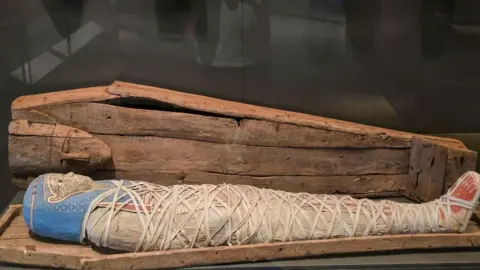 Getty Images
Getty ImagesA highly anticipated museum housing the world's largest collection of ancient Egyptian artefacts has opened the doors to some of its galleries.
More than 20 years in the making, the sprawling 120-acre Grand Egyptian Museum near the pyramids of Giza, will showcase more than 100,000 objects, including treasures from the tomb of King Tutankhamun.
The boy-king's priceless collection is yet to be displayed, but visitors can now see items varying from pharaonic statues to sarcophagi and mummified bodies.
The museum was initially scheduled to open in 2012, but cost, political turmoil and later, the Covid-19 pandemic, caused repeated delays. To date, the mega-project has cost more than $1bn (£768m).
The partial opening is a trial run, following the last year's opening of the main hall and stairway. The official opening date yet to be announced.
Here, we collect some of the most striking pictures of the newly opened galleries.
 Getty Images
Getty Images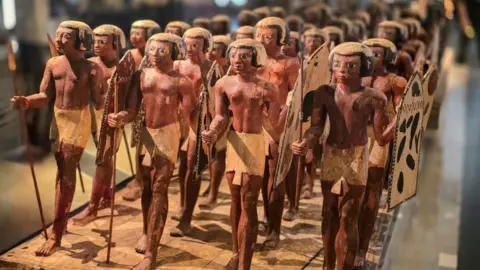 Getty Images
Getty Images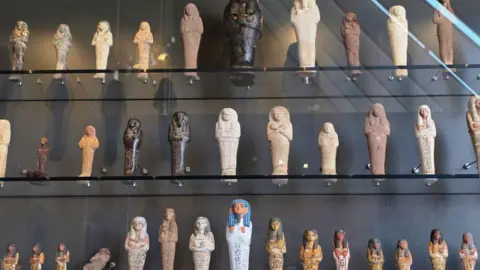 Getty Images
Getty Images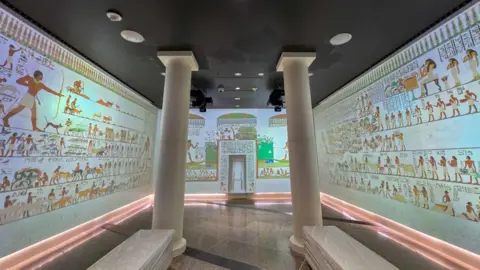 Getty Images
Getty Images Getty Images
Getty Images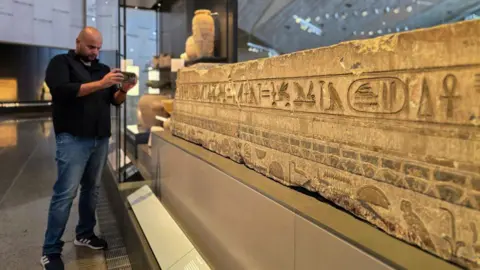 Getty Images
Getty Images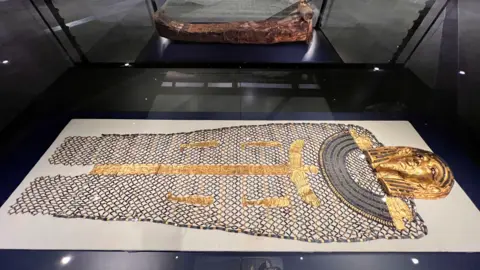 Reuters
Reuters